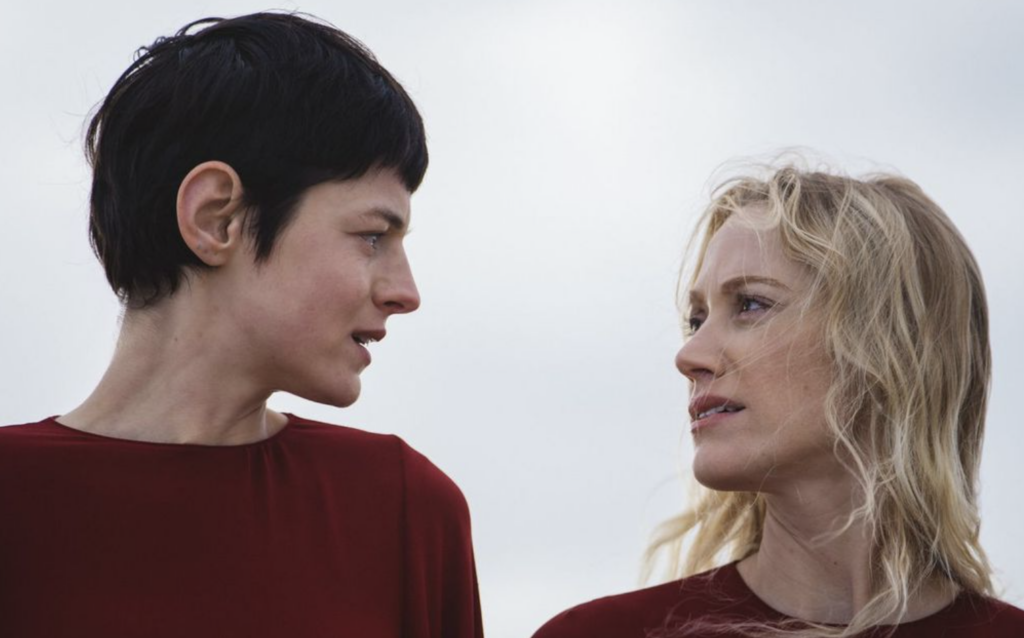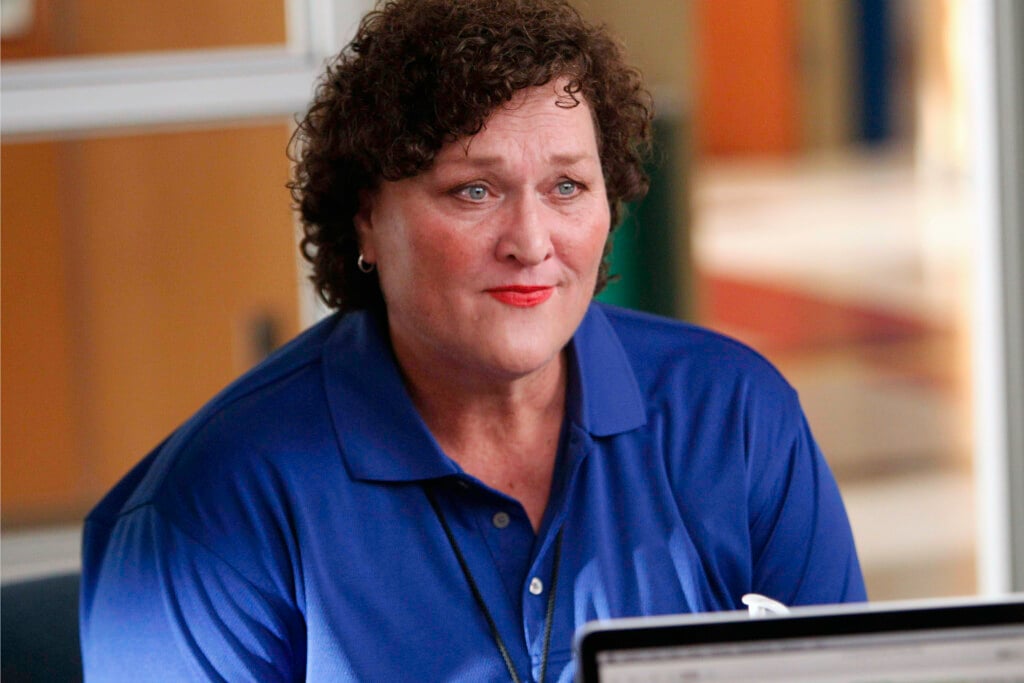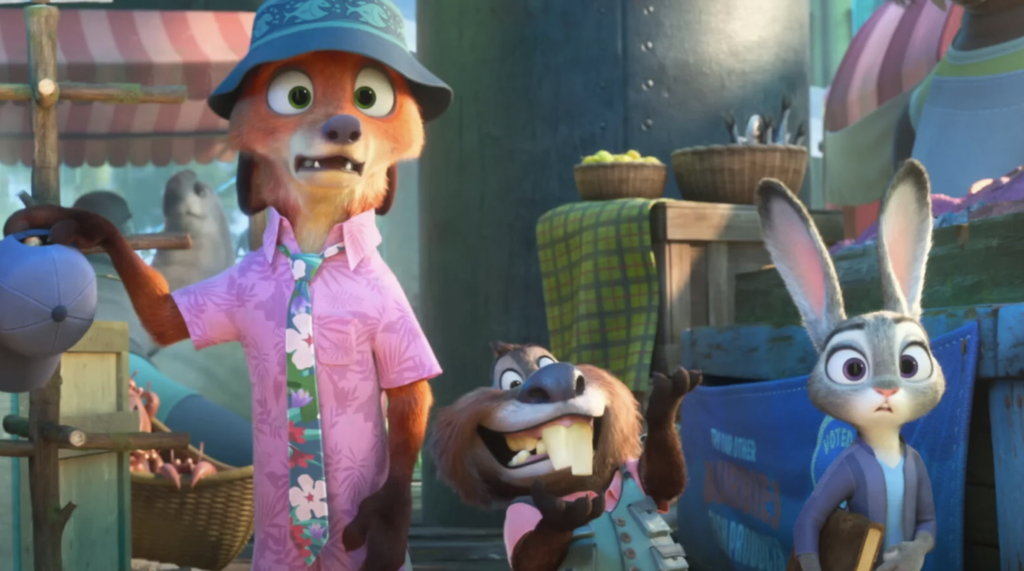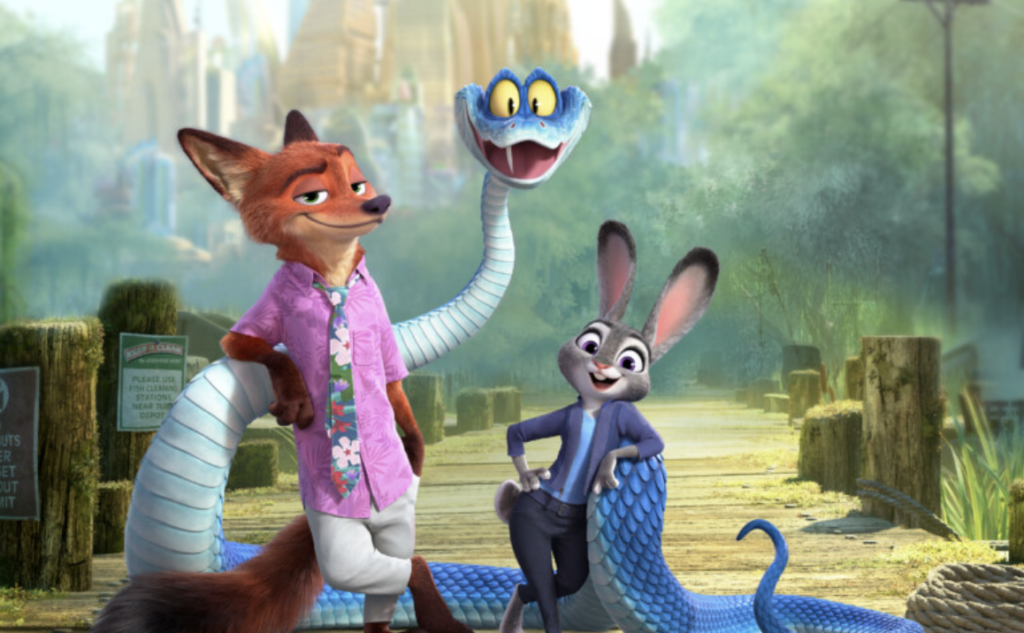Daring documentary WTO/99 wants you to rethink how we talk about protests
Editor Alex Megaro discusses the groundbreaking documentary ahead of its screenings in Wichita and Lawrence.
For a lot of millennials, the World Trade Organization protests of 1999, also called “The Battle of Seattle” are, if we think about them at all, a footnote in the history of U.S. collective action.
Later generations may not even know the four days of mass protests against the international gathering of global trade leaders ever happened at all.
At most, we’re given the narrative that the protests against talks promoting exploitative free trade policies were a failure on all sides. We think of hippie activists and trustafarians throwing trash cans through Starbucks windows, police overreacting to peaceful protests, and tons of property damage as a result. As someone who was barely out of elementary school when the protests happened, my primary memory of those events was as a punchline on VH1’s I Love the 90s.
The incredible documentary WTO/99 is here not only to change your perspective on the WTO protests, but also to make you consider how we think about and cover protests and citizen-led political action. It’s one of the few documentaries of its kind that’s worth watching as much for its cinematic value as its message. If you don’t believe me, believe the Critics’ Choice Association, which just nominated the film alongside other standout 2025 documentaries like Riefenstahl and Orwell: 2+2 = 5 for Best Archival Documentary.
Working from one thousand hours of archival footage — including news coverage, video captured by protestors and police recordings — the filmmaking team behind WTO/99 builds a chronological narrative of the protests from multiple perspectives, sometimes capturing the same event from several different viewpoints. The result is a thorough telling of what actually happened during the WTO conference in Seattle and the early momentum of the anti-free trade movement. It’s an equally infuriating and inspiring account with direct parallels to the situation activists and allies find themselves in today.
WTO/99 will have its Kansas premiere at the Tallgrass Film Festival in Wichita Oct. 18 and 19, followed by a screening at Liberty Hall in Lawrence Oct. 21. Alex Megaro, the film’s co-editor will be in attendance. Future local screenings in Kansas City are currently in development.
The Pitch spoke with Megaro about the process of putting WTO/99 together with director Ian Bell, the reactions it’s received, and what resonance the WTO protests still hold today.
Abby Olcese, The Pitch: We’re roughly the same age. When I was growing up, my understanding of the WTO protests was that they were just a giant boondoggle on all sides and didn’t accomplish much. Your film really challenges that story. What did you know about the protests going into this project? How did your perception change?
Alex Megaro: I remember it as a blip on the news. There were images of Starbucks windows being broken on the news, and you’re supposed to feel bad about that for some reason. I remember my parents saying, “The hippies are doing this again.” As I got older, I learned more about it. The hippie riot thing wasn’t true. It was a greater event than I was led to believe.
Ian (Bell, director of WTO/99) grew up in Seattle and was living abroad when this was going down. He got dispatches from friends on the street, the real story of day-by-day events. He knew there was a truth that wasn’t getting out there.
I realized, while working on this movie, that the protests were much more of a turning point in history, particularly activist history, than we’ve been told. You see the connections to today in a way that are stunning. What was fascinating was that it’s not this boondoggle. It actually did help this movement grow throughout the world. It was a galvanizing event for a lot of people.
This film is a real feat of storytelling and archive work, but a large part of that storytelling comes from the edit, which feels uncommon for a movie like this.
This is an expansion of work that Ian and I had done for a long time. Our first short project together was 8:08 – How We Respond, about the false missile alert in Hawaii in 2018. We were trying to figure out how to tell the story of that moment, and we settled on livestreamers and vloggers. You watch them before it goes off, livestreaming on YouTube and Twitch, then you see their reactions when the sirens go off, and how they react when they find out it’s a false alarm.
From that, we had this idea of trying to reconstruct events from various viewpoints. We brought that to Vice, who hired us to make Source Material, a series of short documentaries about 8-12 minutes long where we did the same thing, showing events from the people actively experiencing them.
WTO/99 is kind of the apotheosis of that process. It’s also the largest archive of footage we’ve ever worked with by far. We had around one thousand hours of footage from digital archives and individuals giving it to us. That meant we were able to center the experience of people on the ground and be as objective as we could. The footage dictates the direction of the story. It’s a distillation of what we saw in all of it.
Considering this was 1999, I was pretty impressed with how much footage there was from people on the ground. Now everyone’s recording on their smartphones, but that wasn’t happening yet in the late 90s.
There was so much. I think people went with the intention of documenting what happened, whether they were citizen journalists or professional journalists. They knew it would be important. The cops were out there with camcorders too, because this was the age of early digital video, which meant a smaller tape size, so you could carry a lot.
Still, it’s surprising. You don’t usually stumble on a treasure trove like this, especially of multiple perspectives on the same event. We were heartened to have that. It also says a lot about the people who preserved this, the ones who saved the tapes in a box in a basement and then eventually got it digitized at the University of Washington, which started an archive a couple of years ago. This couldn’t exist without someone saving this footage, knowing it’d be important someday.
What has this project taught you about how we consider past collective action — stuff like the Black Lives Matter protests in Ferguson in 2014 and after George Floyd’s death in 2020? What shapes the popular narrative of events like that?
I think WTO/99 shows very clearly how the media manipulates the message of and the action within collective actions in the US. We (the filmmakers) had the amazing ability in real time to see how the media portrays an event versus what’s actually happening on the street. To see it so starkly and clearly is such a rare occasion that I think people can learn a lot from.
Again, that’s also a testament to that archive. All the local news footage we used only exists because someone taped it off their TV in 1999. Local stations didn’t have the budget to keep their tapes for a long time, so they would have wiped that footage after a while to re-use the tapes later. Home recordings might be the only record left of those broadcasts. It’s incredible to have the opportunity to put all of those narratives together.
In the media clips, you see things that you aren’t always consciously thinking about as a consumer of news. There’s an interview with a guy who’s chained himself up with other protestors. A reporter asks him what group he’s with, and he says, “I have no group,” and that’s baffling to her. Later, a reporter on the street is interviewing a woman who’s just been pepper-sprayed on a live news feed. He asks her what it’s like, and she pauses, because she’s collecting her thoughts before she speaks. You realize even just the brief pause in broadcast news signals that the person being interviewed is someone who’s not smart. But she’s just been pepper-sprayed. She’s not going to be able to make a statement that quickly.
Another part of this that’s so interesting is how you cover the institutional side of the protests. There’s a story there that holds a lot of lessons for how police prepare for and interact with protests.
Norm Stamper, the Seattle police chief, has this arc in the film that surprised a lot of people who have seen the movie and even surprised us making it. On day one he’s asked if he’s using rubber bullets against protestors and he says “I’m not going to tell you what we’re using.” By day three he’s saying “We trained the cops wrong.” He tells the press that in their training, they gave officers the expectation of violence so they’d be prepared for it. When they weren’t experiencing that, they still reacted violently. By the end of the film, we have that clip of him saying he messed up and he hopes people learned from his mistakes. He says the police belong to the people, the streets belong to the people.
Stamper actually put in for his resignation a few days following that event. He spent the rest of his career making up for all of that. That’s affected a lot of people too. At one screening, there was a group of…anarchists, we’ll say, in the audience. Even they said, “Yes, he’s amazing.” He shows what happens when you have a change of heart and dedicate your life to sticking to that. He went on to write books about police reform and do speaking tours. It’s been great to see people reacting to the institutional side of things.
What lessons does your film have for people trying to organize and create change right now?
We’ve had incredible reactions, often from younger viewers and organizers, people who come out of the screening and are like, “I didn’t realize this was a thing, it’s inspiring to me and other people who are doing Gaza protests, ICE protests.”
I think it’s so heartening to see this cross-class coalition and know that it’s possible. We’re fed this narrative that the classes can’t come together, and it’s inspiring to see that we can do that, we did do that, and not that long ago. People who weren’t cognizant of the event can see what was possible and what is still possible.






